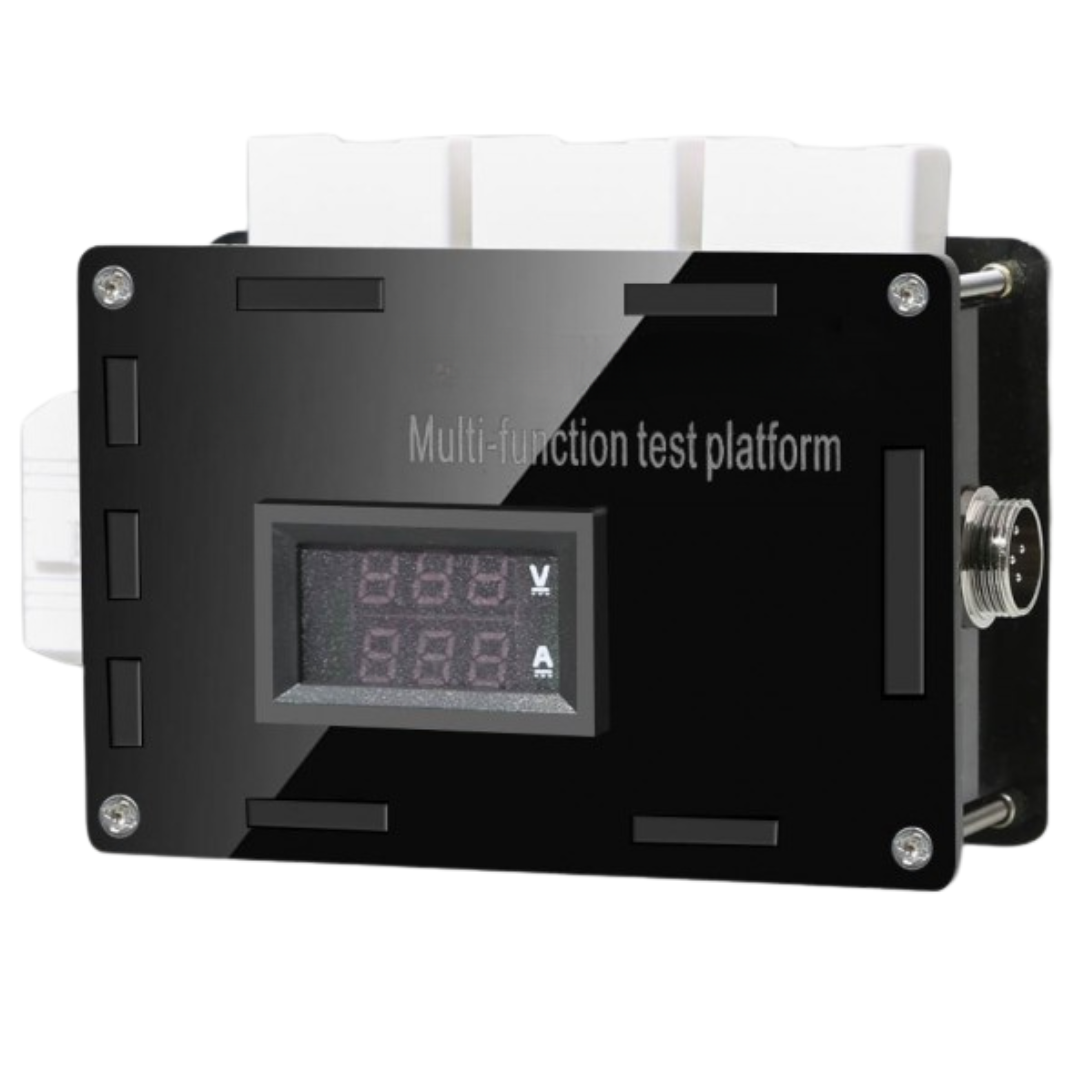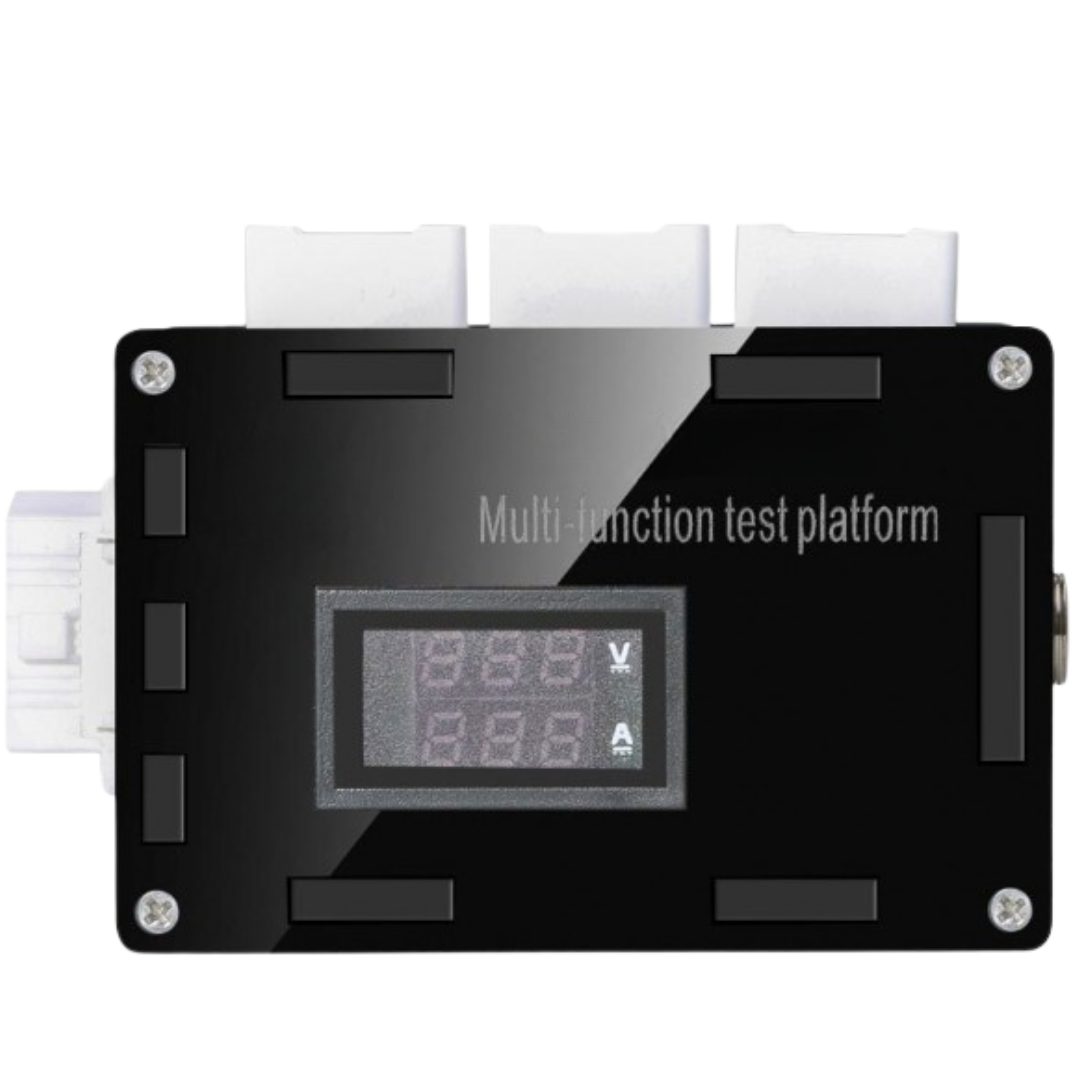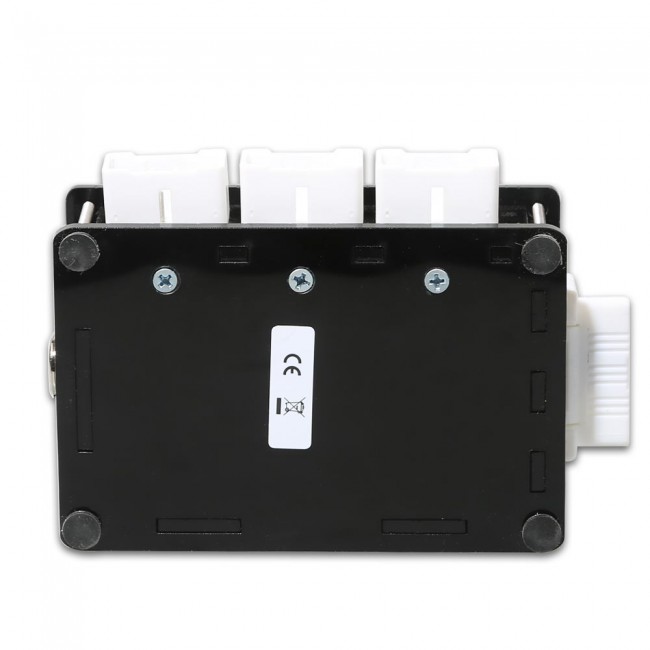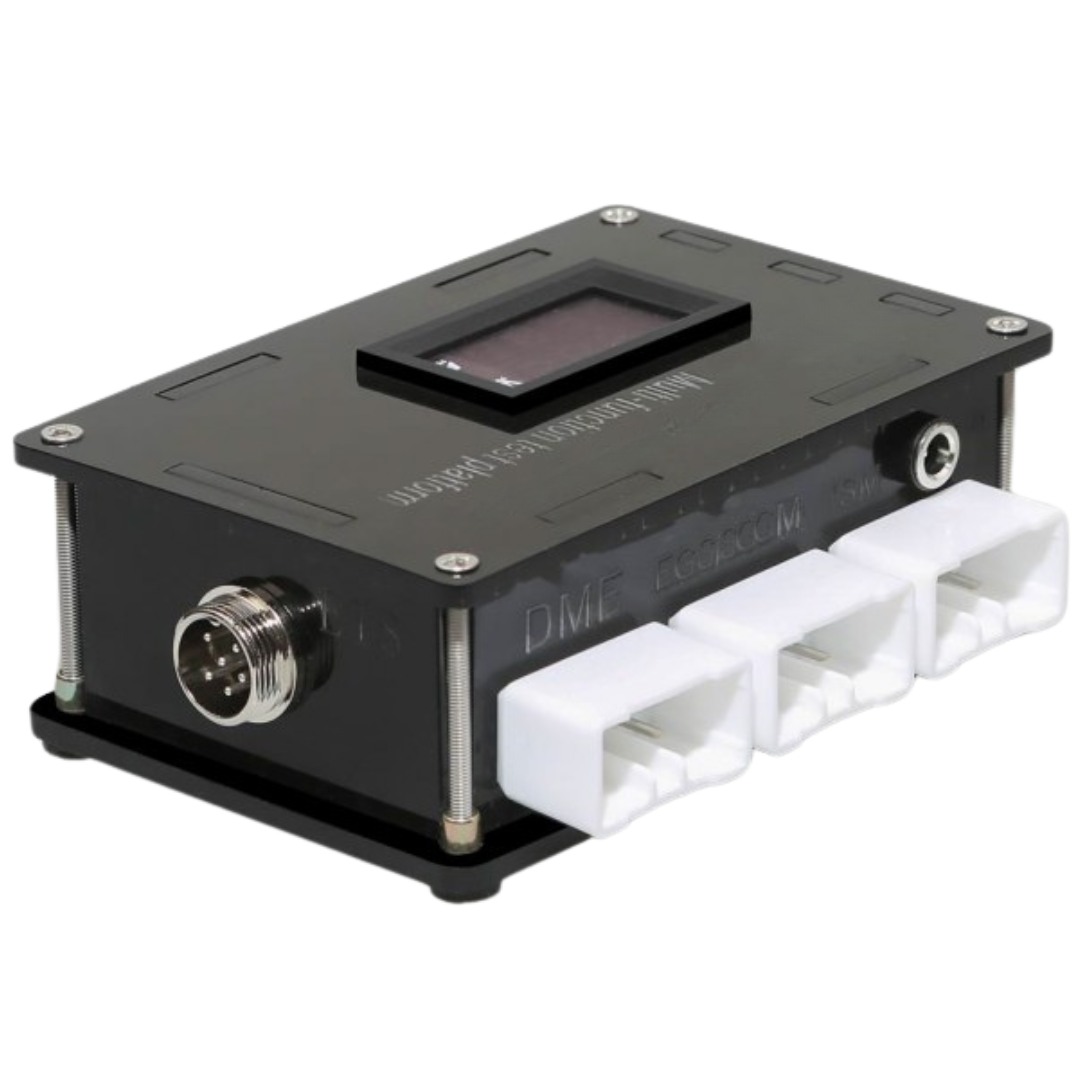Description
-
The Mercedes-Benz Test Platform typically refers to the comprehensive set of test facilities, processes, and technologies used by Mercedes-Benz to evaluate the performance, safety, and durability of their vehicles. It involves a wide range of methods to ensure that each vehicle meets the brand’s high standards of quality, safety, and innovation. While specifics can vary depending on the model or region, the general components of the platform include:
1. Test and Development Centers:
Mercedes-Benz operates several test and development centers around the world where they simulate different driving conditions and environments. These centers are designed to test the cars in various conditions to ensure reliability and safety. For instance:
- Weather Test Centers: To evaluate performance in extreme temperatures.
- Crash Test Facilities: For safety testing, including side impacts, frontal collisions, and rollovers.
- Environmental Test Centers: To test the vehicle’s reaction to salt, moisture, and UV exposure, simulating harsh weather conditions.
2. Performance Testing:
- Track Testing: Mercedes-Benz cars undergo rigorous performance testing on tracks, where their handling, braking, acceleration, and other dynamic aspects are thoroughly examined.
- Speed and Durability Testing: Vehicles are often subjected to high-speed tests to measure stability, cooling systems, and overall endurance.
3. Simulation and Virtual Testing:
Before moving to physical testing, Mercedes-Benz utilizes advanced simulation tools to model various real-world driving scenarios, including crash simulations, aerodynamics, and fatigue tests. These virtual tools allow engineers to test the vehicle’s systems and design in a risk-free environment.
4. Safety and Crash Testing:
Safety is a cornerstone of Mercedes-Benz’s philosophy, and this is reflected in their rigorous crash testing. This includes:
- Frontal Offset Crash Test: Simulating a collision with a barrier at an offset angle.
- Side-Impact Testing: To test the strength of side panels and airbag deployment.
- Pedestrian Safety Tests: Ensuring that the vehicle’s front end minimizes injury to pedestrians in case of an accident.
5. Electrification and Battery Testing (for EVs):
As Mercedes-Benz shifts toward electric vehicles (EVs), a significant part of their test platform focuses on the performance, range, and durability of electric drivetrains and battery systems. This includes:
- Battery Safety: Ensuring that electric vehicle batteries are safe from impacts, overheating, and degradation.
- Charging Systems: Testing charging times, efficiency, and compatibility with various charging infrastructures.
6. Autonomous Driving and Advanced Driver Assistance Systems (ADAS):
With the growing emphasis on autonomous driving, Mercedes-Benz has an advanced testing platform for evaluating their driver assistance systems, such as adaptive cruise control, lane-keeping assist, automatic emergency braking, and others. This includes:
- Real-World Testing: Using specialized vehicles equipped with sensors and cameras to test autonomous systems on public roads.
- Simulated Testing: Using virtual environments to model complex scenarios for systems like collision avoidance or traffic recognition.






Reviews
There are no reviews yet.